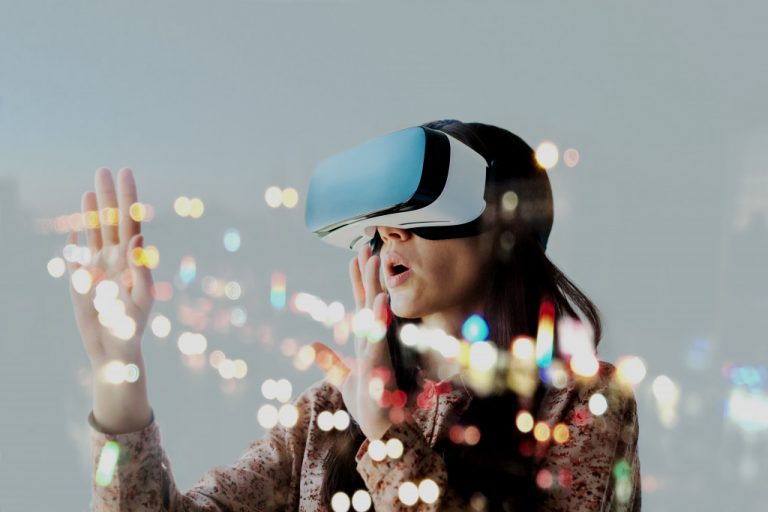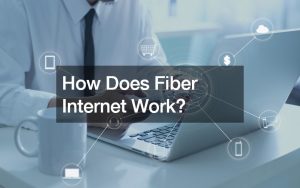Admittedly, the traditional brick-and-mortar store has had its share of difficulties these past months. E-commerce has been steadily gaining traction. The lockdowns imposed because of the pandemic has pushed this even further. That doesn’t mean that physical stores are or will be obsolete in the foreseeable future.
Once the situation calms down and becomes safer, people are more likely to step into shops and make their purchases. If you own or manage a physical store, this is the perfect time to improve your chances by taking customer experience to the next level. Here’s how.
Store Design
The most important advantage of having a physical store is how people can tangibly interact with it. It’s an experience that involves the senses more. For this reason, you have to consider all the senses as well.
Is your shop clean? Does it smell pleasant? Even if you have the best products on the market, at their most competitive prices, even if you have award-winning customer service, if your store looks and smells dirty, clients are less likely to visit again.
Is there enough aisle space? Do the shop fittings exhibit your wares well? Are the shelves accessible? People want to be able to see and interact with the products if they’re to buy them. It’s one of the most significant advantages your store has over online counterparts.
In fact, according to Harvard Business Review, customers who can touch the products are more likely to buy them. They said touch creates symbolic connections between people and your products. Make the most of this knowledge and design your displays in a way that encourages interaction.
Technology

There are a lot of innovations in retail space these past years. Touchless checkout and payment kiosks have seen a rise in popularity, particularly since the start of the outbreak. These devices are not likely to leave stores after the pandemic, too.
On the one hand, they help your clients make their purchase efficient and personalized. At the same time, this approach also frees up your staff to focus on other aspects of operations like interacting with customers.
QR codes and information stations are also gaining popularity. Assigning QR codes to your products and establishing a database for your shop can help your customers find out all sorts of information about the product their holding, including different sizes, colors, and even whether your store carries more stock. This makes shopping easier for both your store and the customer.
You can also tap the e-commerce market. Some people prefer to buy in-store so that they’re able to get the item immediately. Some prefer online purchases because they can do it from the comfort of their home. You can marry these two ideas and create an online shopping experience that gives people the option to drop by and pick up the product they purchased.
Events
Another advantage for physical stores like yours is you can set up events for your patrons. According to Splash, event marketing still works well in driving sales. Create events that will encourage people to visit your store. Aside from getting more sales, you’ll also be promoting brand visibility. You can also join local events and get the chance to increase your visibility even more, in a low-pressure setting. Events can promote community-building, as well.
These pointers can hopefully improve your store’s customer experience and increase your sales.










